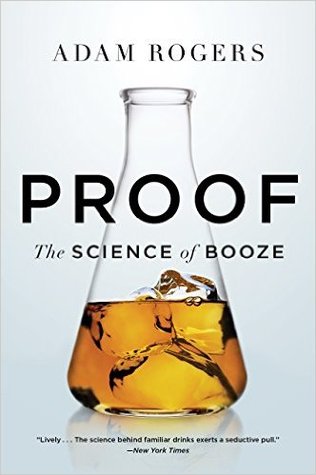More on this book
Community
Kindle Notes & Highlights
In a good bar, it is always 10 P.M.
Some archaeologists and anthropologists have argued that the production of beer induced human beings to settle down and develop permanent agriculture—to literally put down roots and cultivate grains instead of roam nomadically. The manufacture of alcohol was, arguably, the social and economic revolution that allowed Homo sapiens to become civilized human beings.
Booze is civilization in a glass.
(“Proof” is an old word when it comes to alcohol content; in the United States it’s just twice the percent alcohol-by-volume. “Eighty proof” is 40 percent ABV. In the United Kingdom it has a slightly different calculus—100 proof is 57.15 percent ABV, a definition that comes from the days when British navy rations included rum for sailors. The sailors would mix gunpowder into the rum, and if it ignited when lit, that was proof the alcohol content was high enough to serve.)
Governments often try to calculate how much money the economy loses due to alcohol use by summing up productivity lost to hangovers, to people who can’t make it into work the next day. In the United States, that’s $160 billion a year.
The anti-inflammatory Clotam, the vitamin B6 analogue pyritinol, Ayurvedic herbal compound Liv.52, and Opuntia ficus indica extract are the only four medicines or supplements that actual clinical trials have shown to be at all effective in treating hangovers.


